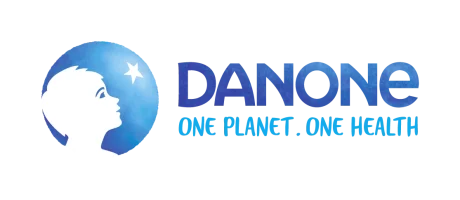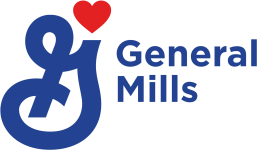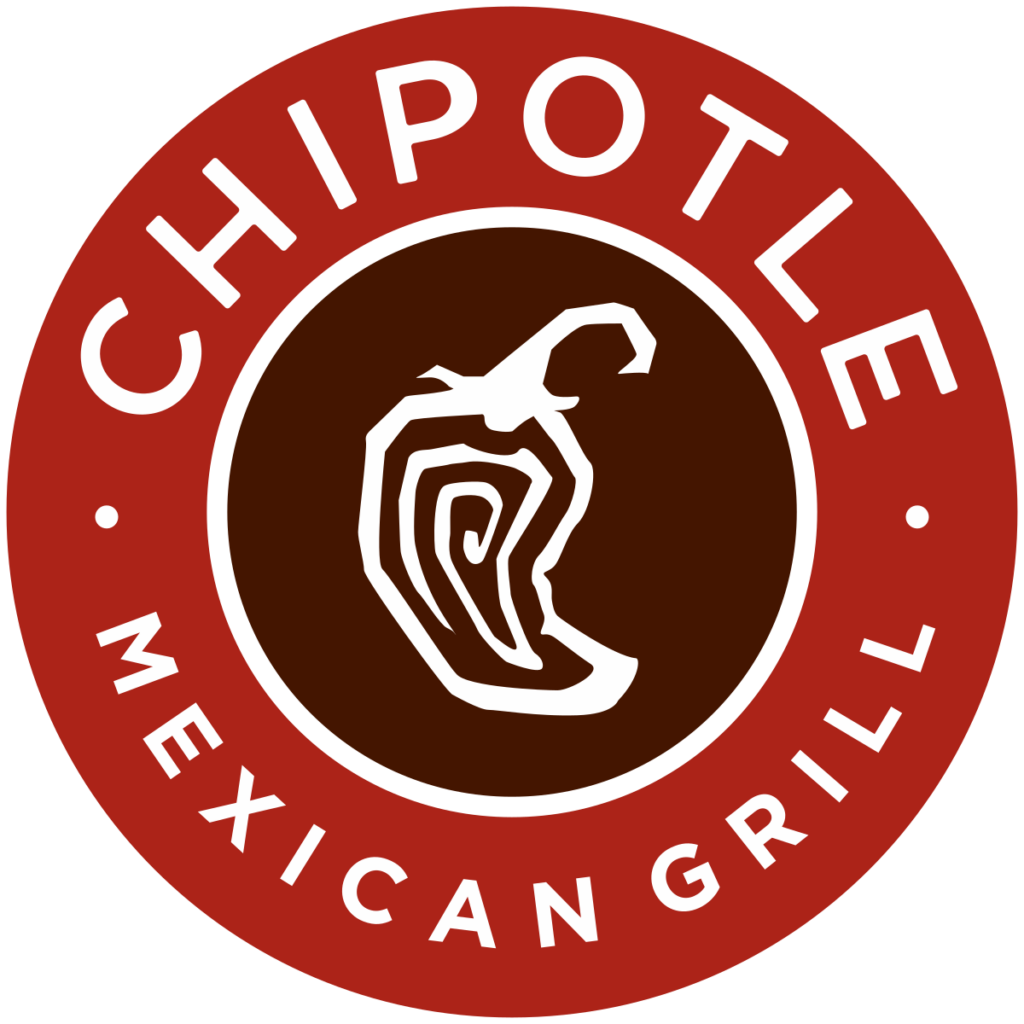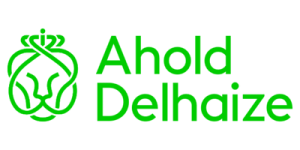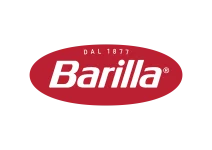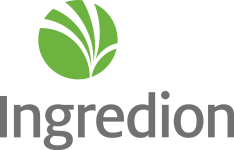Beyond measuring:
strategy planning for SBTi
FLAG emission reduction.
Discover the only end-to-end FLAG emissions reduction tool built specifically for the food industry
Access 33,000 crop- and location-based emission factors for FLAG compliant reporting
Strategize on the ingredient, product, or category level to map out a successful plan
Keep track of the impact of each reduction initiative and communicate progress with ease
Seamlessly move beyond baselining to a cross-functional, effective reduction strategy
Leverage the only platform that brings SBTi FLAG target compliance into daily innovation and procurement workflows
Granular FLAG emissions baseline
- Corporate FLAG emissions calculations
- Primary vendor data supported but not required
- Calculated on MTs purchased, not using Spend-Based Models
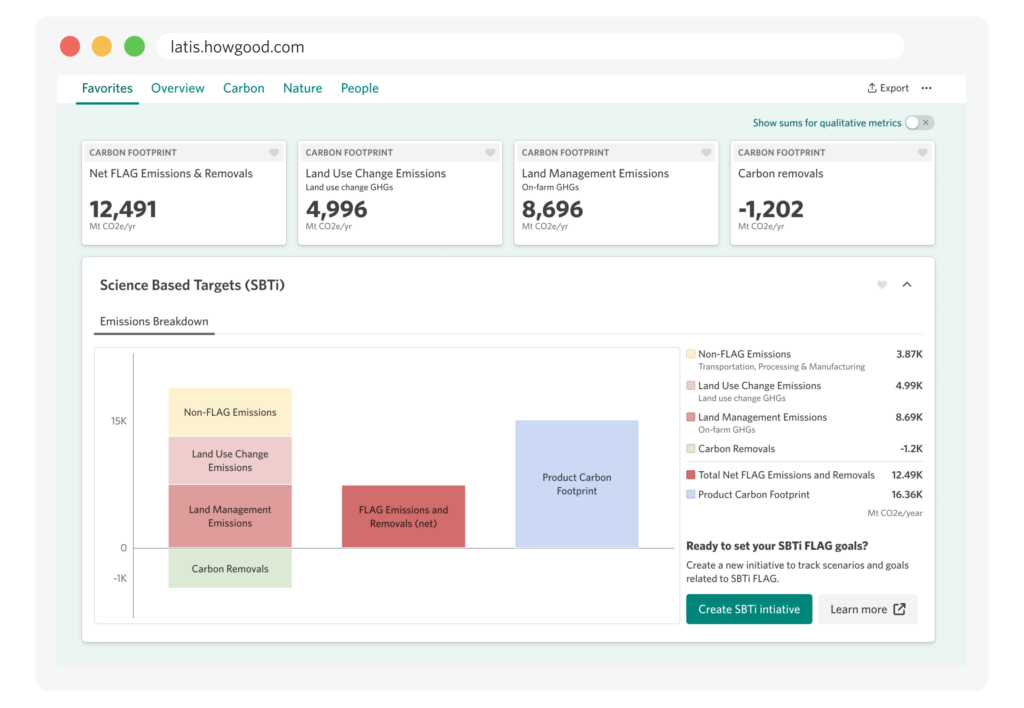
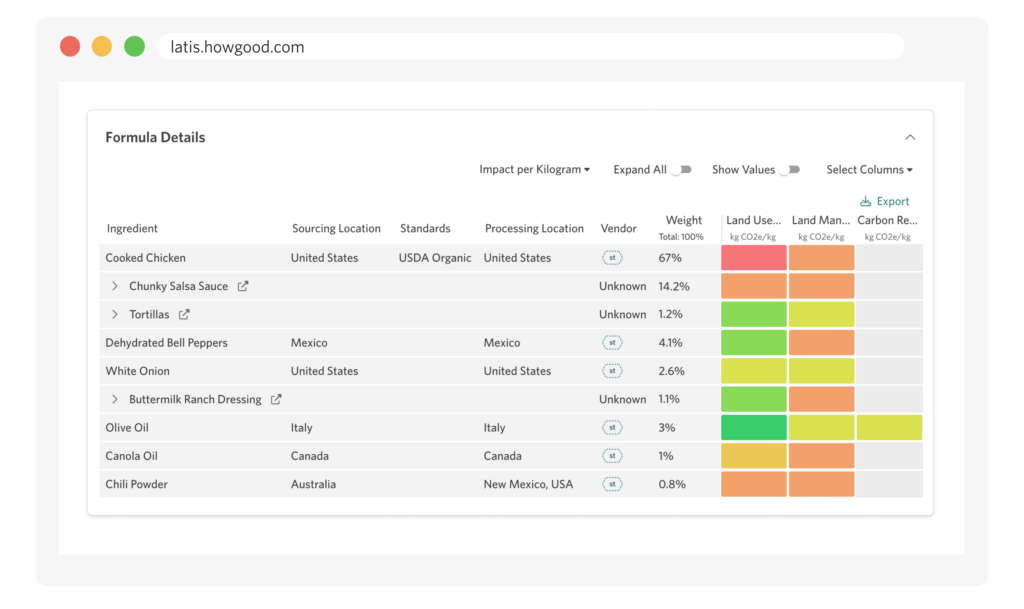
Clear insights for taking action
- Hot spot identification on brand, product, ingredient, or vendor level
- Scenario planning to compare different reduction tactics
- Customized goal-setting at product, brand, or corporate level
Direct integration into R&D and Procurement
- FLAG metric visibility within the product innovation process
- Goal-setting at the brand, category, product, or ingredient level
- Vendor assessments for FLAG metric performance
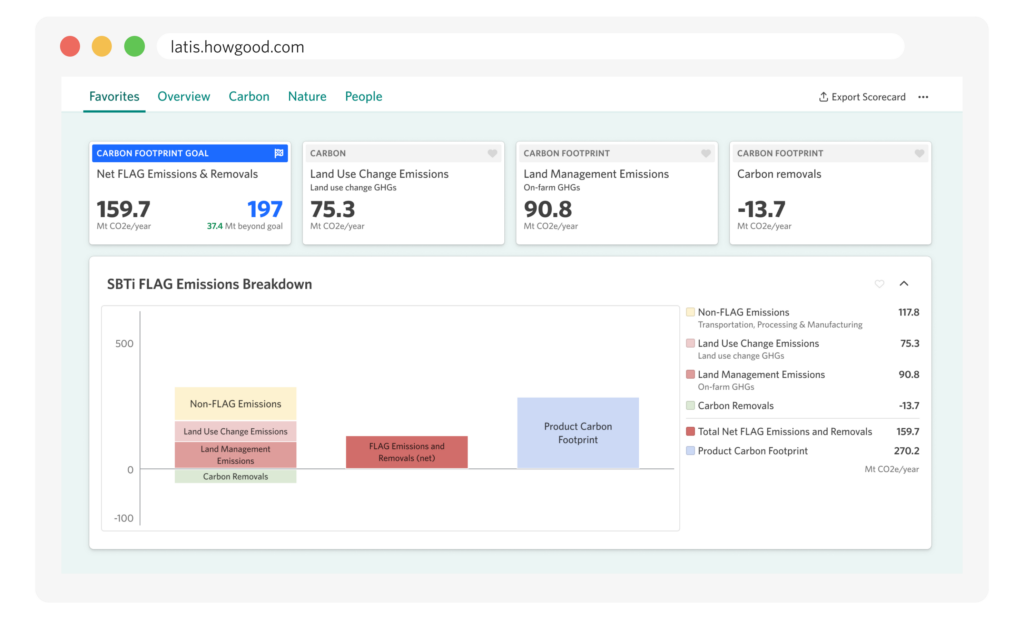
Progress tracking and reporting
- Downloadable, presentation-ready reports
- Fully accessible data sources and methodology
- Easy exports for SBTi and other ESG reporting
The land sector has the potential to deliver 30% of climate mitigation by 2050.
Leverage the world’s largest ingredient sustainability database to design your emissions reduction strategy
SBTi has specified they are looking for completeness of data and accuracy in the development of FLAG targets. Learn more about additional requirements and their implications (and opportunities!) for food companies.
HowGood’s platform produces data that is aligned with all major sustainability and climate reporting frameworks, including CDP, GRI, and GHG Protocol. Learn more about the rigor of our data.
HowGood has 16 years of research on global food supply chains, consolidated from over 600 accredited data sources and certifications. Learn more about where we source our data and how it is used for actionable insights .
Common Questions about HowGood's SBTi FLAG dashboard
Where does HowGood’s data come from?
HowGood has 16 years of research on global food supply chains. Our Research team consolidates and analyzes findings from over 600 accredited data sources and certifications. These include a range of resources such as international frameworks, NGO guidance and standards reports, peer reviewed life cycle assessment studies, journal articles, academic conference proceedings and texts, aggregated commercial databases, targeted industry studies, NGO research, government publications, and news reports from reputable outlets.
Does HowGood use global average emission factors?
At HowGood, we understand the importance of crop- and location-specific data in accurately assessing the sustainability of agricultural products. That’s why we emphasize location-specific granularity, avoiding the use of global averages that could potentially lead to misplaced carbon reduction strategies and inaccurate public reporting.
In focusing our research specifically on agricultural production, we are able to follow a highly-targeted proxy selection process (when a data provider uses a similar crop in place of one for which data is not available) that prioritizes the relevance of species and geographic characteristics. While large databases commonly use very broad proxies, our selection process avoids the pitfalls of these overly-generalized analyses.
Do I need primary vendor data to calculate my FLAG baseline?
Our platform delivers crop- and location-specific data, utilizing likely sourcing locations derived from documented global import/export information. Throughout the innovation and reporting process, you have the ability to use HowGood’s predicted ingredient sourcing locations or enter your own when you have it available. This means that vendor and source location data is not required for producing a highly-accurate impact report, though HowGood can ingest it when preferred.
Can I use my own primary vendor data or a commissioned LCA if I have it?
For customers with primary data available, we offer the ability to ingest that data and ensure that insights are tailored to your unique supply system dynamics. Users can integrate data from commissioned Life Cycle Assessments and studies, utilize HowGood’s Agricultural Practices Survey to gather vendor sourcing information, allow vendors to upload data confidentially via HowGood’s Sustainability Data Portal, and export data from third-party primary data software programs. Ingested data can also include specific manufacturing processes and energy consumption, enabling highly-specific reporting.
Can HowGood help me with other ESG reporting, like Scope 3?
The collective understanding of the impact – and mitigation potential – that the food industry has on global climate change has forever changed the landscape for ESG reporting. HowGood is committed to helping companies measure and manage their impact across a diverse and comprehensive set of accounting and reporting needs. The vastness of our database and cross-functionality of the platform enables Scope 3 reporting, deforestation regulation compliance, comprehensive ESG reporting, and countless others.
INDUSTRY-LEADING RESEARCH & METHODOLOGY
With a hyper-focus on the global food system, our team of researchers and data scientists brings 3rd party verified impact data to our customers’ daily workflows with unparalled granularity and precision.
Talk to our team
Learn how HowGood can help you communicate product sustainability

HowGood is an independent research company and SaaS data platform with the world's largest database on food product sustainability. With more than 90,000 on-farm emissions factors for food ingredients, HowGood helps leading brands, retailers, suppliers and restaurants to measure, manage, and communicate their environmental and social impact.
HowGood
10 Gagnon Dr.
Stone Ridge
NY 12484
© 2024 HowGood.
